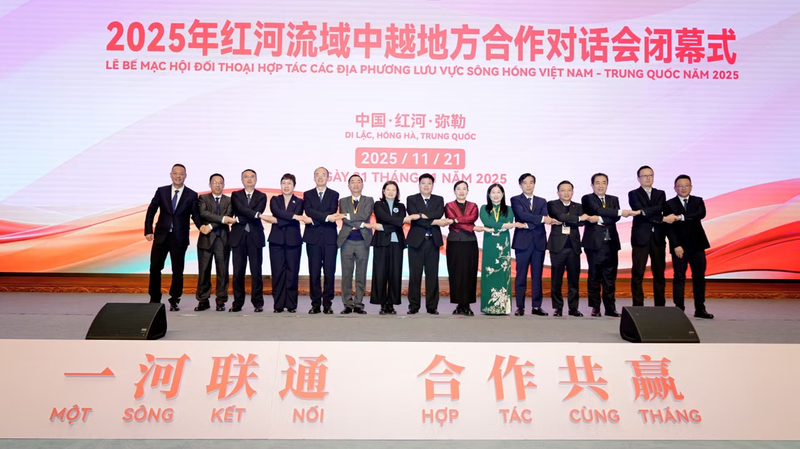As global demand for AI computing power soars, wasted capacity has become a bottleneck for researchers and enterprises alike. On Friday, November 21, 2025, Chinese tech giant Huawei, in partnership with leading universities, unveiled Flex:ai—an open-source framework that promises to radically improve AI chip utilization.
Optimizing AI Chips Through Virtualization
Flex:ai introduces a "one-card-performing-multiple-tasks" approach by slicing a single AI chip into multiple virtual units with granularity down to 10 percent. Thanks to flexible resource isolation, the framework can boost average compute utilization by around 30 percent, allowing developers to run diverse workloads on the same hardware and reduce idle cycles.
Addressing the Compute Crunch
The rapid growth in AI services—from generative models to real-time analytics—continues to fuel unprecedented demand for computing resources. Yet, low utilization rates in data centers lead to significant energy waste and higher operating costs. By open-sourcing Flex:ai, Huawei aims to equip the global community with tools to maximize existing infrastructure and lower the barrier to entry for innovation.
A Collaborative Leap Forward
Introduced at a Shanghai forum, Flex:ai will be globally accessible through open repositories, giving startups, research labs, and developers across G20 nations the opportunity to integrate and improve upon Huawei's core technologies. "By sharing Flex:ai with the world, we hope to accelerate progress in AI computing efficiency," said Zhou Yuefeng, Huawei's vice president.
For business and tech enthusiasts, Flex:ai represents a significant step toward more sustainable and cost-effective AI deployments. How will you leverage this new framework in your AI projects? Join the conversation and share your thoughts.
Reference(s):
Huawei unveils open-source tech to tackle AI computing inefficiency
cgtn.com

